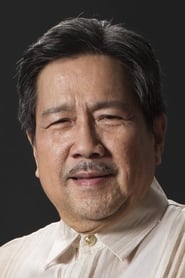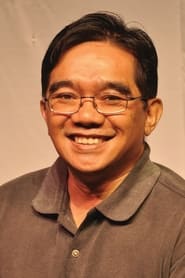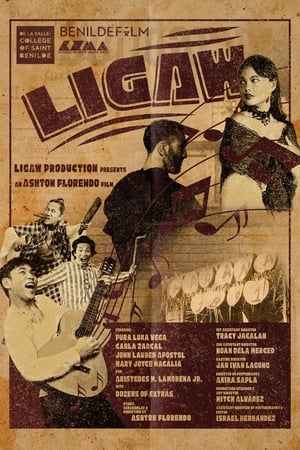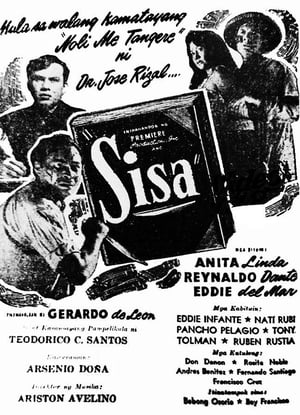
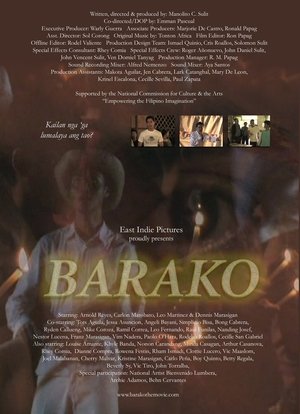
Barako(2008)
100 years after the defeat of the local troops under Gen. Miguel Malvar in the Philippine-American War, the people of a Batangueño town would have lost its character typified by the Tagalog term "barako", meaning brave or courageous. Much worse, they have become subservient to their corrupt leaders who have been taking advantage of their ignorance and poverty. But they are slowly swayed to a new liberal direction by a small coffee club called "barakuhan" whose organizers see in it a reawakening of their native courage.
Movie: Barako
Top 8 Billed Cast

Barako
HomePage
Overview
100 years after the defeat of the local troops under Gen. Miguel Malvar in the Philippine-American War, the people of a Batangueño town would have lost its character typified by the Tagalog term "barako", meaning brave or courageous. Much worse, they have become subservient to their corrupt leaders who have been taking advantage of their ignorance and poverty. But they are slowly swayed to a new liberal direction by a small coffee club called "barakuhan" whose organizers see in it a reawakening of their native courage.
Release Date
2008-06-01
Average
0
Rating:
0.0 startsTagline
Genres
Languages:
Keywords
Similar Movies
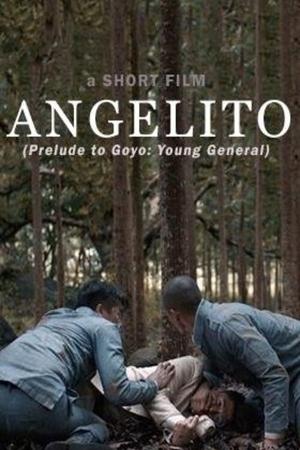 5.3
5.3Angelito(tl)
A short film about Antonio Luna’s aides-de-camp Jose and Manuel Bernal during the aftermath of Luna’s assassination.
 5.8
5.8Appointment in Tokyo(en)
Produced by the Army Pictorial Service, Signal Corps, with the cooperation of the Army Air Forces and the United States Navy, and released by Warner Bros. for the War Activities Committee shortly after the surrender of Japan. Follow General Douglas MacArthur and his men from their exile from the Philippines in early 1942, through the signing of the instrument of surrender on the USS Missouri on September 1, 1945. Preserved by the Academy Film Archive in 2013.
Women Of Malolos(en)
A musical docudrama about the brave and outstanding Women of Malolos to whom Jose Rizal addressed his famous letter in Feb 22, 1898.
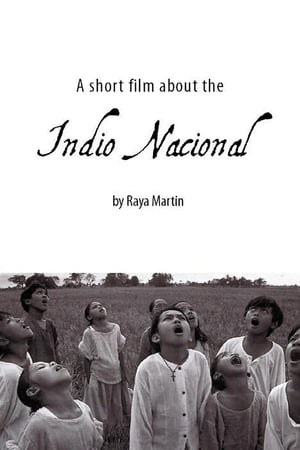 6.7
6.7A Short Film About the Indio Nacional(tl)
What follows is a black-and-white silent film set in the 1890s during the brewing Filipino revolution against Spanish colonialism. A series of tragic and comic sequences tells the Three Ages of an Indio (“common man”) as he progresses from boy bell ringer in a village church to teenage revolutionary to adult theater actor rehearsing a popular Spanish play.
 4.0
4.0Pedro Calungsod: Batang Martir(en)
Pedro Calungsod, a young Filipino man, leaves his Visayan native roots to join the Spanish Jesuit priest Fr. Diego de San Vitores in his mission to the Marianas Islands (Guam) in 1668. The San Diego Mission arrives in the Marianas where the young Pedro, a trained catechist and mission assistant, begins work for Fr. Diego de San Vitores in baptizing the Chamorro natives, preaching the holy gospel and spreading the good news of salvation through the Christian faith amidst paganism, doubt and disbelief. Despite the longing for his father and the threats to their lives, even at the peril of death, Pedro and Fr. Diego continued their missionary work. They roamed the dangerous islands and baptized many more natives and continued to enlighten them about Christianity.
 0.0
0.0Historiographika Errata(tl)
A disillusioned and suicidal Rizal, a cross-dressing Bonifacio gripped with paranoia, an ex-Katipunero who joins the US army to save his own neck, and a widow whose sex-for-food errands lead her to become the first ever Makapili. These are the historical mosaics that will form a singular hypothesis as to why we are like this as a people and up to now still reeling from our damaged culture.
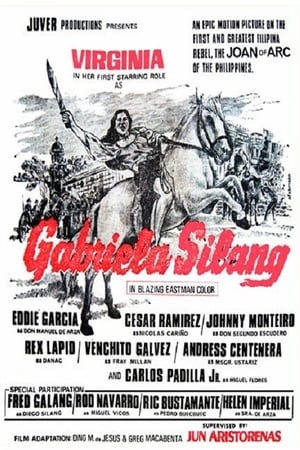 0.0
0.0Gabriela Silang(tl)
Gabriela Silang a Filipino revolutionary leader best known as the first female leader of a Filipino movement for independence from Spain
 0.0
0.0Jeepney(en)
JEEPNEY visualizes the richly diverse cultural and social climate of the Philippines through its most popular form of mass transportation: vividly decorated ex-WWII military jeeps. The film follows jeepney artists, drivers, and passengers, whose stories take place amidst nationwide protest against oil price hikes that pressure drivers to work overseas to earn a living, far from their homes for years at a time. Lavishly shot and cut to the rhythm of the streets, JEEPNEY provides an enticing vehicle through which the rippling effects of globalization can be felt.
 6.5
6.5Baler(en)
In 1898, a band of Spanish soldiers heroically defended Baler against Filipino forces for 337 long and grueling days. The battle, now referred to as the Siege of Baler, is the setting of a forbidden love between a Mestizo soldier and a Filipina lass who lived at the end of the 19th century.
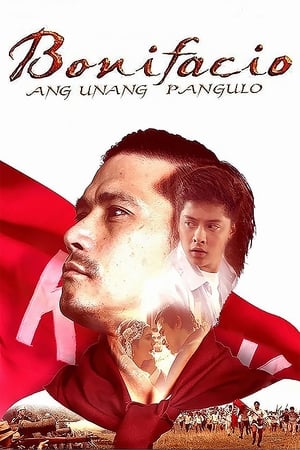 8.2
8.2Bonifacio: Ang Unang Pangulo(tl)
The true story of Andres Bonifacio, a man who rose as a leader in the fight against the Spanish oppressors, and would gain the enmity of even those fighting for the same cause.
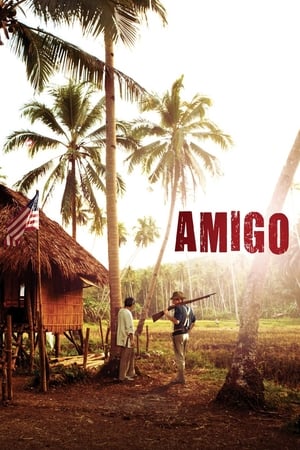 4.8
4.8Amigo(en)
Rafael is a village mayor caught in the murderous crossfire of the Philippine-American War. When U.S. troops occupy his village, Rafael comes under pressure from a tough-as-nails officer to help the Americans in their hunt for Filipino guerilla fighters. But Rafael's brother is the head of the local guerillas, and considers anyone who cooperates with the Americans to be a traitor. Rafael quickly finds himself forced to make the impossible, potentially deadly decisions faced by ordinary civilians in an occupied country.
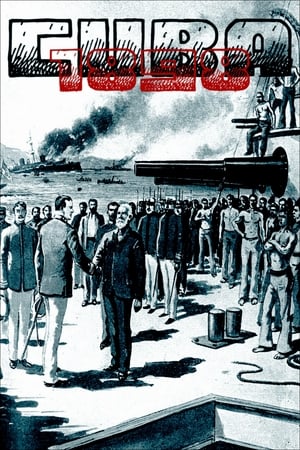 4.0
4.0Cuba, 1898: la caída del Imperio español(es)
A brief account of the Spanish-American War (1898) and the end of the Spanish Empire in the Caribbean Sea and the Pacific Ocean.
 6.0
6.0Rizal in Dapitan(tl)
Dr. Jose Rizal was exiled in Dapitan from 1892-1896. These were his last four years. Dapitan served as his prison cell. He always compared it to “a beautiful cage” where he is imprisoned. This was the longest imprisonment Rizal ever had. He became so lost by those times, but still he did not lose his mind. Even there, he continued studying and discovering things. He continued his conversation with his friends, scientists and doctors outside the country.
 0.0
0.0Heroes(tl)
Independent filmmaker Raymond Red's first crossover to full-length feature is a highly visual chronicle of the rise and fall of revolutionary hero Andres Bonifacio. Noted for its heavy stylistics and painstaking attention to filmic detail, the biopic also tackles the momentous events surrounding the Philippine struggle against Spanish colonialism. The historical epic is a most fitting cinematic memorial to the centenary of Philippine independence.
 9.0
9.0José Rizal(tl)
Accused of treason, Dr. Jose P. Rizal awaits trial and meets with his colonial government-appointed counsel, Luis Taviel de Andrade. The two build the case and arguments for the defense as significant events in the central figure's life prior to his incarceration unfold. Upon hearing Rizal's life story, Taviel begins to realize that the accused not just is innocent but exhibits in fact all the qualities of an extraordinary man. When the mock trial unreels, Taviel is all set to act as the prime advocate for his client as Rizal himself is about to give an earth-moving speech to defend his honor and address his countrymen. Meanwhile, the Spanish authorities have worked out the vast political machinery to ensure a guilty verdict. A revolution waits in the wings.
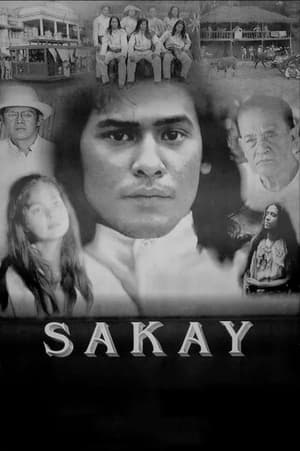 0.0
0.0Sakay(tl)
Sakay is a 1993 Filipino historical drama film directed by Raymond Red. The film stars Julio Diaz, Tetchie Agbayani, and Leopoldo Salcedo. The film covers the life of Filipino patriot and hero Macario Sakay, who was declared an outlaw and a criminal for continuing hostilities against the United States after the "official" end of the Philippine Insurrection.

